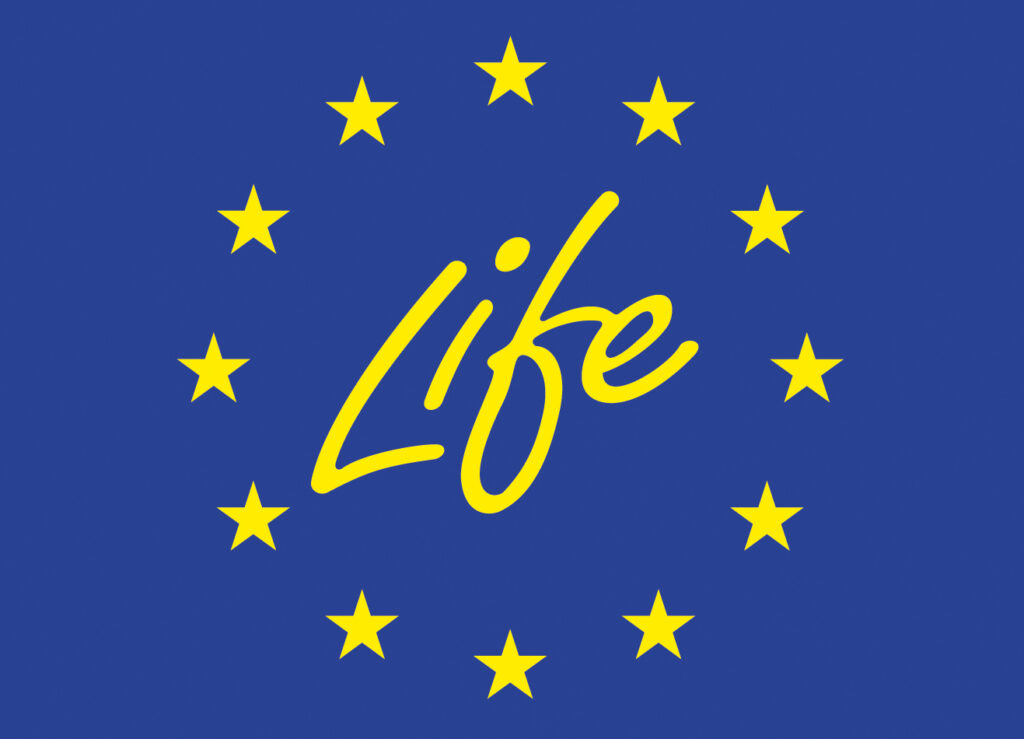Finance Sustainable Buildings
Grant of use for co-operatives
Sufficiency
Long term
In the model of cooperative housing ruled by grant of use, the property will always be owned by the collective, while the use is personal. Residents have the status of cooperative partners and can live there for life. The General Assembly is the main decision-making body.
This model eliminates real estate speculation and profiteering on a fundamental right like the right to housing. Members cannot sell or rent the flat. It is an alternative model of housing access to the traditional ownership and rent, with a strong commitment to the use value above exchange value. Several stakeholders are needed to find the most affordable land. Agents like Municipal Living Space Agencies or Real Estate agencies should be implemented at the local level.
Socioeconomic impacts
Everyone, no matter the socioeconomic position or age, will profit from this form of organisation as shared and communal spaces have a great interest on them.
Promotion of the acquisition of cooperative shares should be improved. Since cooperatives are not taxable, unlike commercial housing, they cannot benefit from the high depreciation rates in new rental housing and should therefore receive an investment allowance to compensate it.
Related to
Sufficiency. Through this incentive, efficient use of living space and reduction of the floor area per capita are achieved. The ability to choose an adequate (neither too limited nor oversized) per capita living size is one of the most important steps towards sufficiency.
Study Case: Grant of use for co-operatives
LA BORDA, BARCELONA
The process of forming La Borda was launched in 2012, within the context of a program to recover Can Batlló, where a group of neighbours set up a group to collectively address the issue of access to housing through a cooperative system.
The architects’ cooperative got involved from the beginning with the idea of providing an alternative to the severe housing crisis in Barcelona. This involvement brought along the opportunity to rethink the production of affordable housing from the bottom up and with future users as active participants in the process.
Deciding on a community model instead of state or private developments makes it possible to overcome some of the limitations common to these. In the case of state promotions, not knowing who the future user will be make it impossible to implement variations on standard lifestyles; and the market logic rules in the case of private housing, designed to become a commodity. The innovation in the promotion process has been essential to developing the architecture beyond its form.
Two features of the model have a direct effect on the project. The first is self-promotion. The members of the association direct, control and develop the whole process by means of an internal structure that favours direct participation. The involvement of users is one of the main strengths of the project and its starting point.The second is the assignment for the use of the property. The building belongs to the cooperative, and the plot is publicly owned, so only the actual use of the dwelling has a value, and speculative interests are kept at bay.



